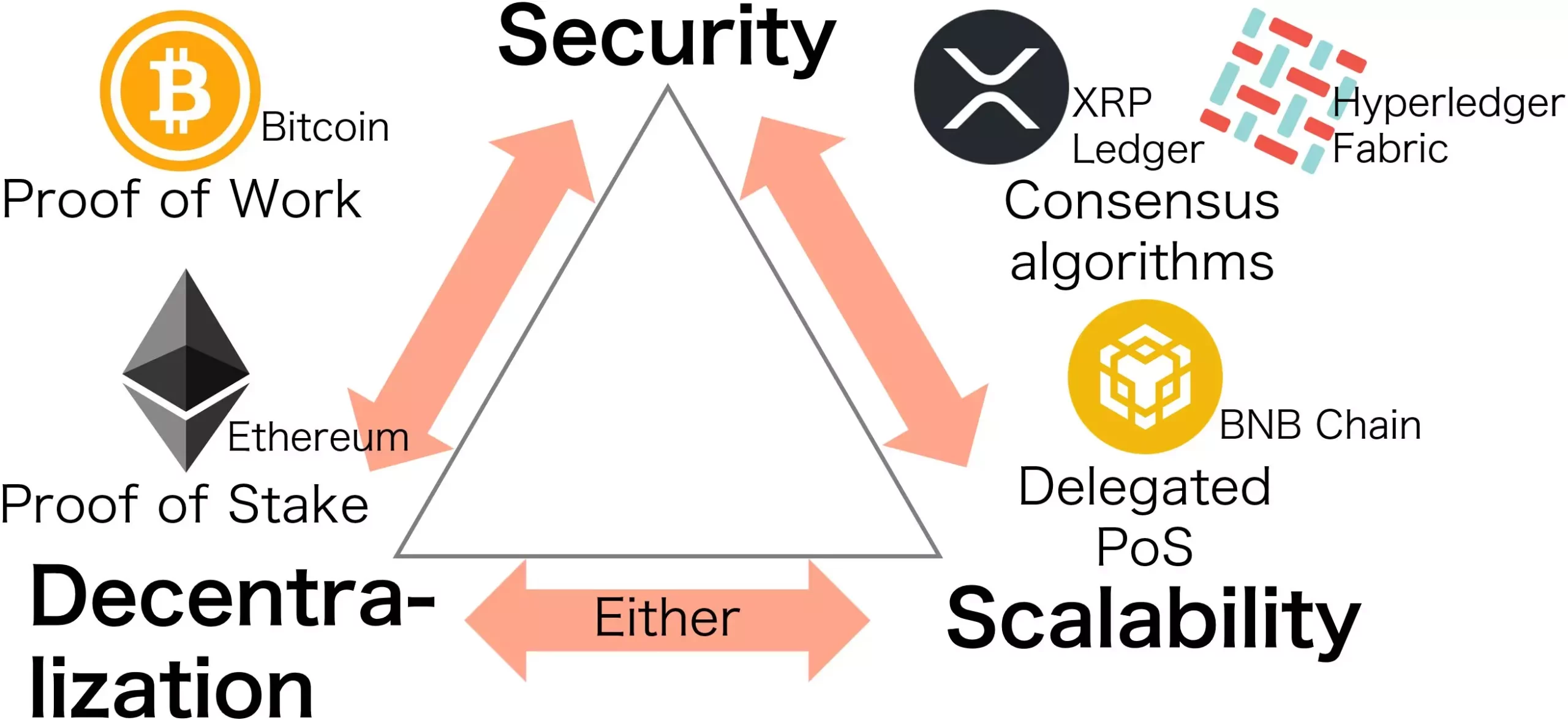Blockchain technology stands at the crossroads of innovation and practicality, grappling with three primary constraints: scalability, security, and decentralization. This complicated relationship has historically led experts to assert that only two of these three attributes can coexist harmoniously at any given time. A recent mathematical formulation developed by researchers at Kyoto University has illuminated this troublesome trilemma, providing fresh insights that may enable advancements in blockchain systems like Bitcoin.
Gone are the days of vague conjectures; the researchers propose a clear equation that illustrates the interdependence of these three elements in Proof of Work-based systems. Their work indicates that the multiplication of scalability, security, and decentralization must yield a constant value of 1, succinctly codifying the challenges blockchain developers have long faced.
Breaking the Status Quo
What is particularly exciting about this revelation is the potential it unlocks for enhancing blockchain protocols. Kazuyuki Shudo, the lead researcher, states that a deeper understanding of this formula can guide developers in improving scalability without compromising either security or decentralization. This holistic approach poses alternative solutions, such as minimizing block sizes and accelerating transaction processes. Such shifts in practice could revolutionize how blockchains operate, making them more efficient and accessible without sacrificing foundational principles.
Existing methods, like Bitcoin’s Compact Block Relay, exemplify the application of this new insight. By effectively reducing transaction sizes, they can alleviate some of the scalability issues that plague Bitcoin. However, these advancements often skirt the reality that boosting one element typically forces a trade-off with another—a reality developers must grapple with moving forward.
The Quest for Sustainable Solutions
Vitalik Buterin’s observations on the trilemma have served as a catalyst for numerous interpretations and proposed solutions. Yet, many of these suggested enhancements remain untested, leaving the blockchain community to ponder their efficacy. Shudo poignantly notes that while numerous scalability improvements have been suggested, the repercussions on security and decentralization often remain murky. This reality underscores the need for rigorous analysis and verification in the ongoing evolution of blockchain technology.
In their previous work, the Kyoto team explored a security index specifically focusing on the probability of forks occurring within the blockchain. Interestingly, they discovered that scalability (transactions per second) is also a critical component of the security equation, further complicating the dynamics of the trilemma. This connection offers an opportunity for a more integrated approach, potentially yielding innovative solutions to this multifaceted problem.
Future Directions and the Broader Impact
While the study predominantly focuses on the Proof of Work mechanism utilized by Bitcoin, the importance of this research flows into the realm of Proof of Stake as Ethereum transitions to this model. The suggestions emanating from Kyoto University reflect a broader academic and practical interest in addressing the blockchain trilemma holistically.
Critically, their exploration of factors like the Herfindahl-Hirschman Index illustrates the interaction between market concentration and decentralized power—key considerations as blockchain technology continues to permeate various sectors. As the pursuit of a viable solution for the blockchain trilemma unfolds, the implications resonate far beyond the confines of cryptocurrencies, potentially reshaping various applications ranging from supply chain management to secure digital identity systems.
Emphasizing innovation while tackling fundamental challenges remains crucial if this technology is to achieve its full potential. The discoveries from Kyoto University mark a significant step toward unraveling the complexities of the blockchain, pointing the way for future advancements that balance scalability with security and decentralization.


Leave a Reply